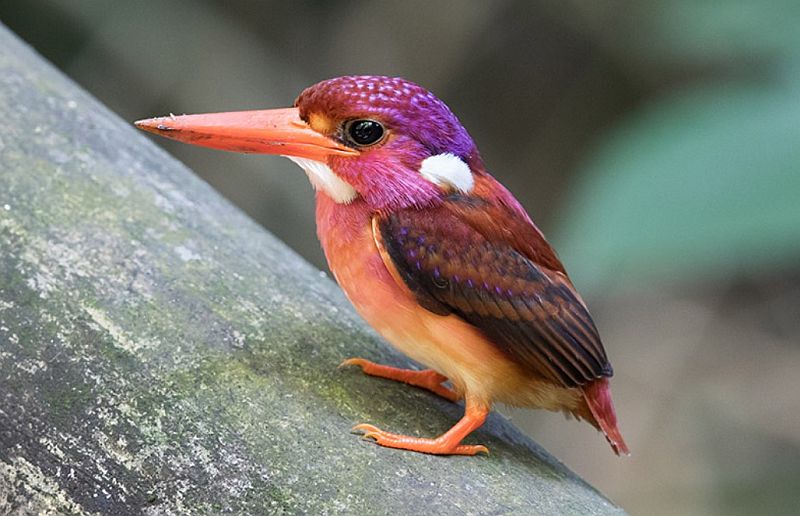Carolina Wren Songs
Carolina Wren’s male birds sing a series of rapid, whistled notes, repeated a few times. Carolina Wren’s song normally lasts less than two seconds. The wren notes are normally described as three-parted, as in a repeated teakettle. The male wren has a repertoire of up to a dozen diverse song variations. The bird sings about 15 times before changing his call. Carolina Wrens sing from dense vegetation in wooded areas, particularly in forest ravines and regions. The male song pattern is repeated for longer minutes up to twelve times. The average song repetition is 3 to 5 times.

Carolina Wren Sounds / Calls
Due to Carolina Wren’s sedentary nature and territorial defense habits, the wren have a large repertoire of sounds, including loud repeated churrs, chatters, rattles, rasping, and a rising and falling cheer. It has been observed that some general notes have been transcribed as teakettle-teakettle and cheery-cheery. Also, different descriptions of the teakettle vocals include whee-udel, whee-udel, che-wortel, che-wortel, and túrtee-túrtee-túrtee, and phrases such as sweetheart, sweetheart, come to me, come to me, sweet.
Other Vocalizations
When Carolina Wren hears an intruder encroaching on their territory, a male bird sometimes flies in short bursts, slamming hard into surfaces with an audible whirring of its wings. Normally, the Wren birds in Florida “drum” palmettos in this way, deceptively, in an attempt to get intruders to show themselves.
Carolina Wren is a little bit chunky, with a smart round body and a long tail that it habitually cocks upward while foraging and holds it down when singing songs. Carolina Wren produces many harsh sounds: churrs, chatters, rattles, and scolds, often in response to large predators. Therefore, habitually they often are coaxed into view with squeaks or pishing sounds. Carolina Wren is a spirit bird in human life and “Symbolic of Boldness”.

If you’re a true birder, then you’re reminded to consider hurdles and obstacles in your life as challenges. Thus, this way you can begin thinking of solutions and how to move fast for the future. The wren bird totem is also symbolic of a “worriless lifestyle”. Some people believe Carolina Wren singing in your dream portends good luck, frequently in the way of financial improvements and inner gratification. True Magic is in the air! Seeing a Wren in a tree is an optimistic omen.
These colorful birds sing year-round at any time during the day, except in the harshest weather conditions. One note able call resemblance with Kentucky warbler, similar song pattern but diverse quality. Kentucky warbler song is richer in ringing and rapid pace. Moreover, other bird species songs similar to Carolina Wren’s songs, like Baltimore, Flicker, northern cardinal whistles, grey catbird, and tufted titmouse peto peto call. Sometimes these wrens in mimic the mood that is known as the mocking wren. Indeed, Carolina Wren owns a very pretty sound, especially when overlaid with other bird calls.
Female Carolina Wren Song
Female Carolina wrens own song control that would appear to make them capable of singing with repertoires like the male. Their vocalizations often make with the male bird, play a role of behavioral relevance.
Read More – The White-crested Laughingthrush








